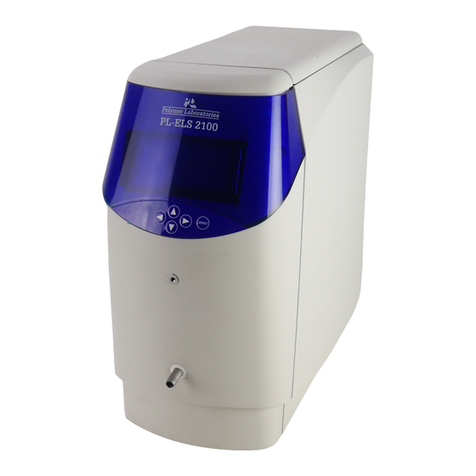
CONTENTS
INTRODUCTION............................................................................................................................ 1
SAFETY........................................................................................................................................... 2
INSTALLATION............................................................................................................................. 3
Site Pre paration Che ck List………………………......................................................................... 3
Unpacking the de tector………………………………..................................................................... 4
Packing list…………………………………………......................................................................... 4
Powe r Connections……………………………………………......................................................... 4
Gas Connection………………………………………………. ......................................................... 4
Fluid Connection……………………………………………............................................................ 5
Extraction…………………………………………………….. ......................................................... 5
Data Connection………………………………………….. .............................................................. 5
Analogue Signal Connector………………………………............................................................. 5
Serial RS232 Connector……………………………………........................................................... 6
Control I/O Connector…………………………………………...................................................... 6
Installing the Detector……………………………………….. ......................................................... 7
Storing the Instrume nt…………………………………….............................................................. 8
OPTIMISING DETECTOR PERFORMANCE............................................................................... 9
Ge ne ral Conside rations…………………………………................................................................. 9
Optimisation Parame te rs…………………………… ..................................................................... 9
Gas Flow………………………………………….. ....................................................................... 9
Evaporator Temperature…………………………………. ............................................................. 9
Nebuliser Temperature………………………………….. .............................................................10
Optimisation Proce dure ………………………………………………............................................ 10
OVERVIEW OF DETECTOR’S OPERATION MODES.............................................................. 11
Standby Mode……………………………………………… .......................................................... 11
Run Mode…………………………………………........................................................................ 11
TROUBLESHOOTING................................................................................................................. 12
Instrument Error Codes…………………………………. ............................................................ 12
Ge ne ral Proble ms…………………………………………. ........................................................... 13
REPAIRING THE PL-ELS 2100/2100 Ice ..................................................................................... 14
Overvie w of Main Asse mbly………………………………........................................................... 14
Removing The Front Panel……………………………….............................................................15
Overvie w of Ne bulise r Asse mbly………………………. .............................................................. 17
Replacing the Nebuliser………………………………..................................................................18
Replacing The Nebuliser Heater Assembly……….......................................................................20
Replacing The Nebuliser Chamber………………........................................................................22
Replacing The Solvent Leak Assembly………………..................................................................24




























